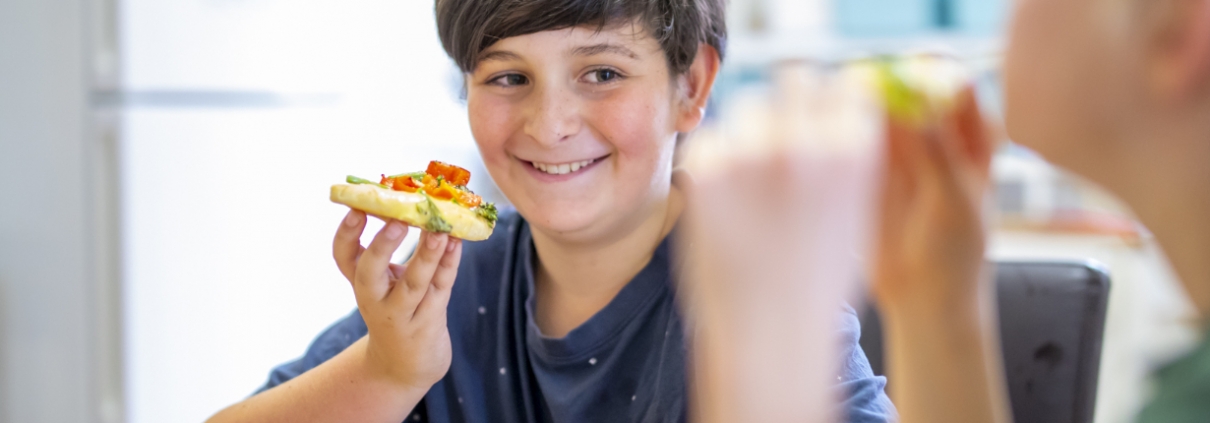
Food can be one of the most sensory experiences a child has every day. All senses are being used in tandem. Take for example, eating a bowl of hot chips; you are first introduced to the aroma of the chips straight from the fryer, and see the colour of the chips and the bowl in which it is presented. Picking up a chip, you explore the texture of the outer crust, the bumps of salt and the sensation of heat. Taking a bite, the flavours of salt, potato and texture all mingle in your mouth.
For many children, the varied senses being activated at the same time can become overwhelming. Having to coordinate and interpret all the sensory information coming from that one food can be a struggle, as many children are not yet able to modulate this information. People who can modulate sensory information are able to ‘turn down the volume’ on sensory information that are not relevant or unchanging, or information that the brain knows as ‘safe’. Their brain then prioritises which incoming information to attend to first. Children or adults who have sensory integration difficulties find this process challenging, so every piece of sensory information becomes “loud”. They are bombarded by sensory information and struggle to organise this information in a manner that the brain can process quickly. It is no wonder those who have sensory integration difficulties can have a limited diet – they have found a select few foods that do not threaten to overwhelm them. Overwhelm can trigger behavioural responses – fight, flight, freeze and fawn.
You may see children become aggressive, tipping over food bowls, pushing away their plate when any non-preferred food is offered – this is a fight response. They can become avoidant of the food in front of them, choosing to drift away from the table – this is a flight response. They can become disinterested or disengaged at the table during meals, picking at the food or falling asleep – this is a freeze response. Or they might turn on the charm to coax a caregiver into offering their preferred food, trying to direct a caregiver’s attention away from the non-preferred – this is a fawn response.
Supporting sensory needs then become very important as creating a positive experience with food can help children become more open to explore new foods and be able to engage socially in mealtimes.
At Lively Eaters, we provide guidance on mealtime management strategies to support positive mealtime experiences for the whole family. We also work on exploring new foods in ways that support sensory and developmental needs so that food can become a positive experience!
Davita Koh, Occupational Therapist





